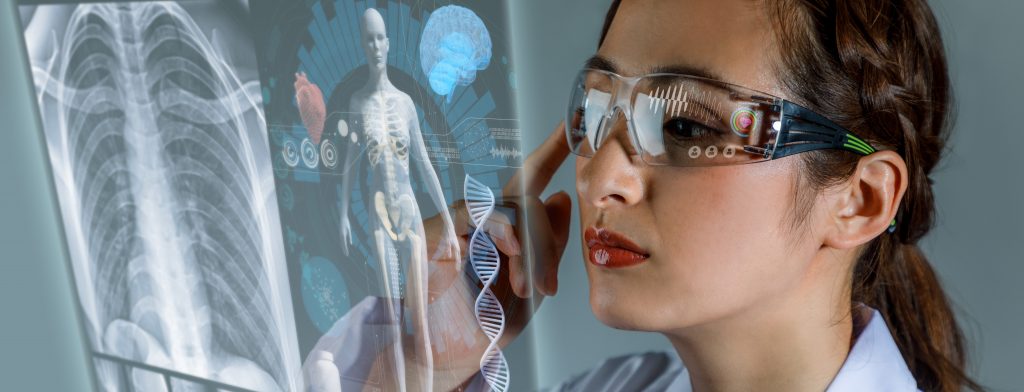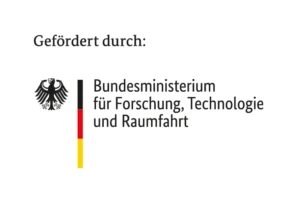BACKGROUND
Rural areas suffer from a lack of medical care, particularly in terms of high-quality diagnostics. The current situation can be ameliorated by incorporating sensor concepts from Industry 4.0 into medical diagnostics. For this purpose, a special method of high-resolution, contactless distance measurement is employed. The foundation for this is provided by radar systems, such as those currently used for the monitoring of workflows within fully automated industrial manufacturing facilities.

HOW IT WORKS
In a traditional ECG, the heartbeat is determined using electrodes and cables that connect the patient to the measuring device. Radar technology is used for long-range non-contact monitoring. Radar sensors are capable of recording cardiovascular parameters in the home of individuals who require medical care without direct contact, and making them available to the attending physician or telemedical service provider via a secure data interface.
The radar sensor can detect heart and respiratory values through clothing, bedspreads, and even mattresses and transmit them to monitoring devices. The sensor emits electromagnetic waves that are reflected by the body. In practice, it works like this: Blood ejected from the heart travels along blood vessels in pulse waves that are reflected as vibrations on body surfaces. These can be recorded with the help of sensors to determine various medical parameters of the cardiovascular system.

APPLICATION
A first medical application is planned in the observation of premature and newborn infants, especially with regard to epileptic seizures. Undetected epilepsy is believed to be the cause of up to 20% of sudden infant deaths. The problem is that these seizures are often undiagnosed in infants because they don’t yet have motor seizures. Continuous monitoring of children is possible without restrictions by using radar sensors for measurements. In this way, seizures can be identified and treated at an early stage.
Further application results in infection control. Combining the measured cardiovascular and respiratory activity, body temperature can be determined without contact, thus testing an important parameter for assessing health status associated with possible infection. In this way, infected people can be tested without contact. This also reduces the risk of infection for medical staff.

ADVANTAGES
Recording of cardiovascular and respiratory functions
Early diagnostic data collection possible
Possible information on the autonomic nervous system (impending epilepsy)
Bio radar – contactless (in contrast to ECG)
- Permanent monitoring possible (hospital beds)
- Monitoring of infants possible
- Monitoring of burn victims possible
Hardware distance resolution < 1μm
APPLICATION
Medical Diagnostics / Life Science
STATUS
Patient studies
CONTACT
Dr.-Ing. Steffen Ortmann
Thiem-Research GmbH
Carl-Thiem-Klinikum
Thiemstr. 111
03048 Cottbus
M: Research@ctk.de
T: +49 (0)355 46-38 60




